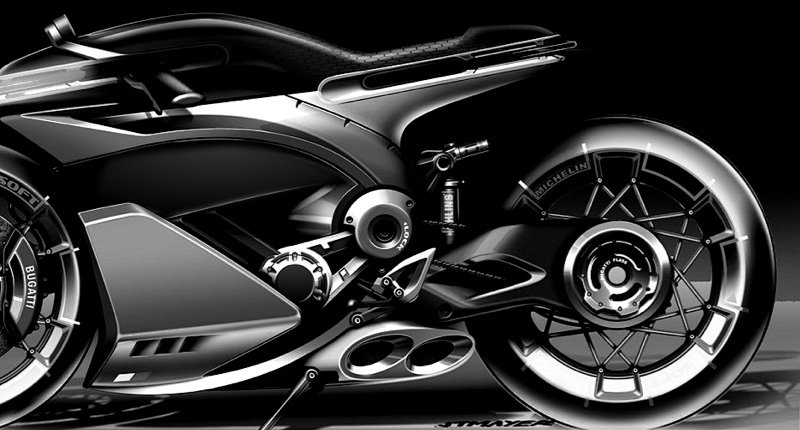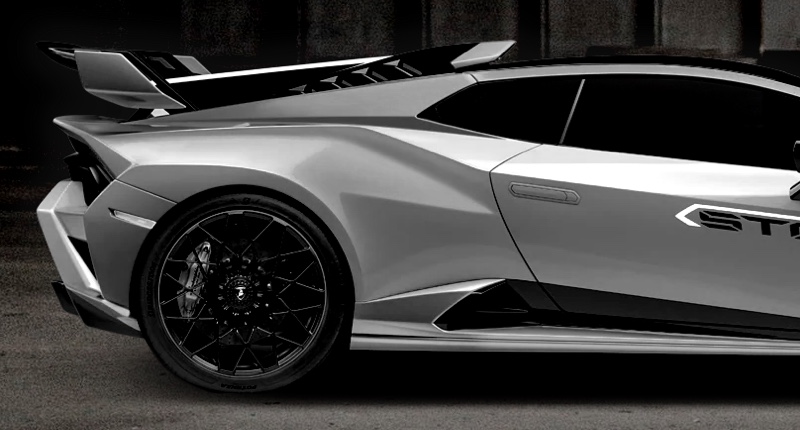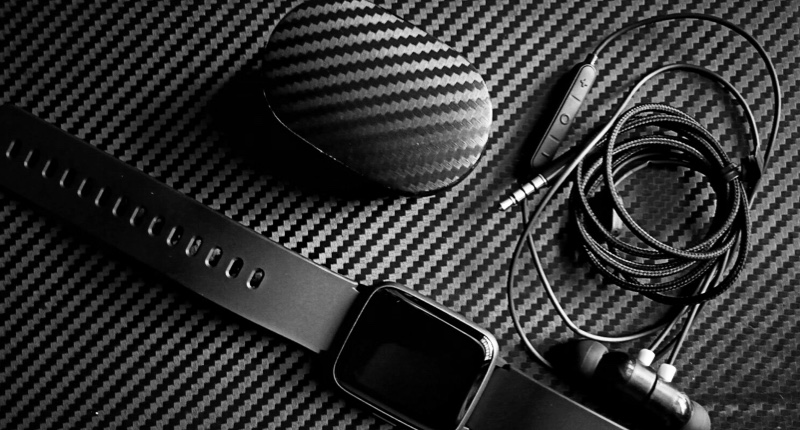Why Carbon Fiber Outperforms Steel in Strength-to-Weight
Delve into the science behind why carbon fiber is often touted as stronger than steel, especially when considering its exceptional strength-to-weight ratio. This article provides industry professionals with a comprehensive guide to carbon fiber's mechanical properties, durability, ideal applications, and critical manufacturing considerations for their repeat procurement needs. Discover the true advantages for your next project.
- What Specific Mechanical Properties Differentiate Carbon Fiber from Steel?
- How Do Carbon Fiber's Durability and Fatigue Resistance Compare to Steel's for Industrial Applications?
- When Should Industry Professionals Choose Carbon Fiber Over Steel?
- What Are the Key Design and Manufacturing Considerations for Carbon Fiber Parts?
- Supreem Carbon: Your Partner for Advanced Carbon Fiber Solutions
For industry professionals responsible for critical material procurement decisions, it is paramount to understand the fundamental differences between carbon fibre and steel. While steel has long been the backbone of industrial infrastructure, carbon fibre composites have emerged as a revolutionary alternative thanks to their exceptional strength-to-weight ratio. The important factor is not simply raw strength, but how much strength you get for a given weight.
Steel, with a typical density of around 7.8 g/cm³, offers impressive tensile strength. However, carbon fibre, with a density ranging from approximately 1.7 to 1.9 g/cm³, is up to five times lighter. Carbon fibre composites often demonstrate values that are 5 to 10 times higher than those of high-strength steel alloys when comparing specific strength (strength divided by density) or specific modulus (stiffness divided by density). This means that equivalent or superior performance can be achieved with significantly less material weight, leading to substantial gains in efficiency, fuel economy and payload capacity in applications ranging from aerospace to automotive.
What Specific Mechanical Properties Differentiate Carbon Fiber from Steel?
To truly grasp carbon fiber's advantages, a look at the hard numbers is essential:
- Tensile Strength: While high-strength steel alloys can reach tensile strengths of 1-2 GPa (Gigapascals), advanced carbon fiber composites can exhibit tensile strengths ranging from 3 GPa for standard modulus fibers to over 7 GPa for ultra-high strength grades. This makes carbon fiber incredibly resistant to stretching or breaking under tension.
- Tensile Modulus (Stiffness): Steel typically has a Young's Modulus of around 200 GPa. Carbon fibers, depending on the grade, can have moduli ranging from 230 GPa (standard modulus) up to 800 GPa (ultra-high modulus), making them exceptionally stiff. This stiffness is crucial for maintaining structural integrity and precision in demanding applications.
- Density: As mentioned, steel's density is about 7.8 g/cm³, whereas carbon fiber composites are significantly lighter at 1.7-1.9 g/cm³. This fundamental difference underpins the superior specific properties of carbon fiber.
It's also vital to consider that carbon fiber composites are anisotropic, meaning their properties vary with direction due to fiber orientation. Steel, being a metal, is largely isotropic. This anisotropy in carbon fiber allows for highly optimized designs where strength and stiffness can be precisely aligned with expected load paths, further enhancing performance.
How Do Carbon Fiber's Durability and Fatigue Resistance Compare to Steel's for Industrial Applications?
For long-term industrial applications, durability and fatigue resistance are essential. Carbon fibre composites generally exhibit excellent fatigue resistance, meaning they can withstand repeated loading and unloading cycles without significant degradation. Under specific conditions, they often outperform steel in this regard. However, unlike metals, which can deform plastically, carbon fibre composites tend to fail suddenly once their strength limit is reached, necessitating careful design and monitoring.
Furthermore, carbon fibre is inherently resistant to corrosion, which is a common issue with steel necessitating protective coatings or the use of more expensive stainless steel alloys. This makes carbon fibre an ideal choice for harsh environments where exposure to moisture, chemicals or saltwater are a concern, as it can significantly extend the lifespan of parts and reduce maintenance costs.
However, carbon fibre composites can be more susceptible to localised impact damage due to their brittle nature compared to steel's ductility. Proper design, including strategic reinforcement and matrix material selection, is essential to mitigate this.
When Should Industry Professionals Choose Carbon Fiber Over Steel?
The decision to opt for carbon fiber over steel often boils down to a cost-benefit analysis beyond the initial material price. Carbon fiber becomes the superior choice in applications where:
- Weight Reduction is Critical: Aerospace, high-performance automotive (Formula 1, electric vehicles), robotics, drones, and portable equipment where reduced mass translates to increased efficiency, speed, or maneuverability.
- High Stiffness and Precision are Required: Manufacturing tooling, robotic arms, satellite components, and sports equipment where minimal deflection under load is essential.
- Corrosion Resistance is Paramount: Marine applications, chemical processing equipment, and infrastructure in harsh environmental conditions.
- Fatigue Life is a key performance indicator: Components subjected to repetitive stress, such as rotating parts or vibratory elements.
While the initial cost of carbon fiber is generally higher than steel, the operational savings (e.g., fuel efficiency, reduced maintenance, increased payload) and performance gains often lead to a lower total cost of ownership over the product's lifespan.
What Are the Key Design and Manufacturing Considerations for Carbon Fiber Parts?
For repeat procurement of carbon fiber parts, understanding design and manufacturing nuances is crucial:
- Anisotropic Properties: Designers must account for the directional strength and stiffness, optimizing fiber orientation to align with anticipated stress vectors. This requires specialized simulation tools (e.g., Finite Element Analysis).
- Tooling and Molds: Precision molds are required, often machined from metals or composites, to shape the carbon fiber fabric and resin. The tooling cost can be significant for initial setup but amortizes over repeat production runs.
- Curing Processes: Carbon fiber parts are typically manufactured using processes like autoclave curing, vacuum bagging, or resin transfer molding (RTM) to ensure proper resin impregnation and curing, which dictates part quality and performance.
- Joining Techniques: Unlike steel, welding carbon fiber is not an option. Parts are often joined using adhesive bonding, mechanical fasteners (with careful consideration to avoid stress concentrations), or co-curing techniques.
- Quality Control: Non-destructive testing (NDT) methods such as ultrasonic inspection and thermography are critical for ensuring internal integrity, detecting voids, or delaminations in finished parts.
Professional suppliers with expertise in composite design and manufacturing are indispensable for ensuring high-quality, repeatable carbon fiber component production.
Supreem Carbon: Your Partner for Advanced Carbon Fiber Solutions
When seeking a reliable partner for your carbon fiber component needs, Supreem Carbon stands out. We specialize in delivering high-performance carbon fiber parts, leveraging cutting-edge manufacturing techniques and stringent quality control. Our advantages include:
- Expert Engineering & Design: Our team possesses deep expertise in composite design, optimizing fiber orientation and layups for peak performance and durability tailored to your specific application.
- Precision Manufacturing: We utilize advanced processes like autoclave curing and RTM, ensuring exceptional part consistency, minimal voids, and superior mechanical properties for every component.
- Customization & Scalability: From prototypes to high-volume production, we offer bespoke solutions, adapting to your unique project requirements and ensuring seamless integration into your supply chain.
- Unwavering Quality: Every Supreem Carbon part undergoes rigorous quality checks, including NDT, to guarantee the highest standards of reliability and performance, reducing your operational risks and costs.
- Cost-Effective Long-Term Value: By focusing on optimized design and manufacturing efficiency, we provide carbon fiber solutions that deliver superior long-term value, offsetting initial investment with significant operational benefits.
Choose Supreem Carbon for your next project and experience the difference that true composite expertise can make.

New arrivals- BMW CSL style carbon fiber front grille released by Supreem carbon!!

Aprilia Tuono V4 2021 new arrivals.

Supreem carbon Auto part new arrivals

Supreem Carbon New Motorcycle Carbon Parts Development Plan.

Application of 3D Printing in Carbon Fiber Accessories

Best 10 Carbon Fiber Parts Manufacturers in 2026: Industry Leaders Ranked
For Customized Service
What custom customer need to prepare?
1. Send Your Design/Idea/3D drawing.
2. Supplier Quotation Confirmation.
3. Firts Sample Feedback.
What can be customized in addition to customized carbon fiber parts?
You can customize your company logo, packaging, even the color of coating and so on.
For Products
What is main products for factory?
Supreem carbon mainly produce carbon fiber custom products for automobile and motorcycle accessaries, including the design, develop and manufacturing of appearance parts, interior parts, functional parts, etc. Other carbon fiber custom goods also can produce for you.
For Order Delivery
What is the shipping time for the different ways?
Express delivery 5-7 days.
20-25 days by sea.
15 days by air.
How to choose the mode of transportation?
We use official shipment like Fedex,UPS,DHL and so on. Also customer can arrange delivery by themselves.

Custom Made BMW S1000RR Performance Carbon Fiber Heel Plates
These carbon fiber parts are 100% handmade and formed through an autoclave process. It can not only reduce the weight of the vehicle body but also improve the overall performance of the motorcycle. Give you a different visual experience.

Aprilia Tuono V4 Carbon Fiber Front Fairing with Windshield

Kawasaki H2 Carbon Fiber Front Fairing

Custom Carbon Fiber Drone
Carbon fiber offers several advantages when used in drones (unmanned aerial vehicles, UAVs) due to its unique properties.
Let’s Bring Your Carbon Fiber Ideas to Life
Have a question or inquiry about our carbon fiber composite products? Leave us a message here, and our team will get back to you promptly.
Whether you're interested in custom orders, technical specifications, or partnership opportunities, we're here to assist you.
Please fill out the fields above with your name, email address, and message.
© 2024 Supreem Carbon All Rights Reserved.





Facebook
Pinterest
LinkedIn
Instagram